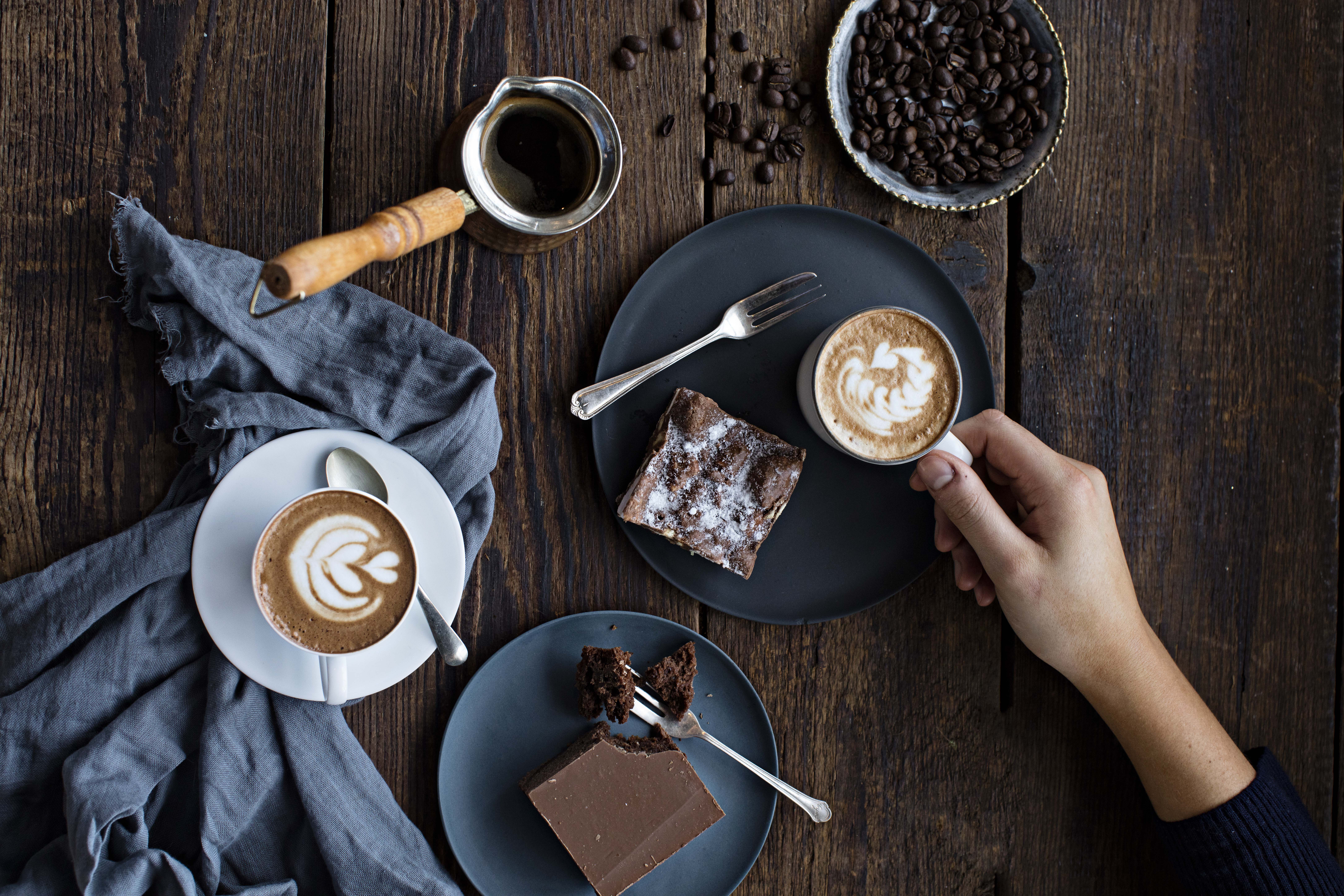The Irish Barista Championship 2017
After judging a few Latte Art Competitions to develop my knowledge, skill and gain more experience, I decided to try something else. In February 2017, I got the opportunity to judge one of the most difficult coffee competitions (at least in my opinion!): I judged the Irish Barista Championship, which is so different from Latte Art. Latte Art mostly focuses on the appearance of a cup of coffee, whereas the Barista Championship is mostly about taste and customer service skills. These are the main areas in which the competitor can receive the most points. The Barista Championship is judged by a minimum 6 judges: 4 sensory (they score the taste and balance of coffee, along with customer service skills); 1 or 2 technical (looking at technicalities during all performances); and one Head Judge who looks at the overall performance.
People assume that judging a competition of this nature is fun, and that is very true to a certain extent, because we get to watch really professional baristas preparing beautiful coffees and providing extraordinary service for their “customers.” In this way, we as judges can learn so much from them. But in all honesty, it is very hard work at the same time. There is huge demand for different skills from judges. Judging requires familiarity with industry standards, a good palate (for sensory analysis), the ability to focus, evaluate consistently and score without bias.
The day before The Irish Barista Championship, all judges participate in a day-long workshop to review rules and protocols, such as discussing scoring methods, how to give appropriate and useful feedback in our notes, and how to focus on what is important. The second part of preparing to be a judge is tasting cappuccinos and espressos together in order to establish our baseline for sensory evaluation.
One full performance is a 15-minute service of three beverages, delivered to a panel of 4 sensory judges, observed by 1 or 2 technical judges and a head judge. (Sometimes there can be one additional shadow judge who takes notes of what the barista says, as well as observing the overall performance). Although it is a very intense interaction, it should also be a pleasant experience for both the judges and competitor. The baristas are understandably very stressed on the stage, (judges as well!), as they have prepared their 15-minute routine for many months in preparation for this moment. Everyone wants to have best performance, but there is only one winner. That’s why judges should look very positive, smile a lot and provide good eye contact to make that experience as easy as possible for the baristas. However, at the same time they must focus and record their scores and impressions very quickly, while also adding comments and score explanations. All this has to be done while a barista is preparing their signature drink in front of them.
When judges look at the performances in Barista Competitions, they look for a coffee professional who can teach, train and inspire others. To be involved in that process this year in Ireland was a wonderful experience, and I am proud to be part of it.
Until next time,
Renata



